Resume writing is no easy task! This is especially the case when employers don’t always communicate the exact skills and experience they’re seeking and make it difficult for you to know which information to include or omit. While we don’t claim to know every last detail employers would like to see in your resume, our extensive experience in the IT recruitment industry has taught us a thing or two about effective resume writing.
This resume writing guide describes the essential building blocks required to develop a convincing resume that effectively communicates your skills and experience and optimizes your chances of securing the job interview you’re after.
Before you begin to write your resume, it’s important to consider its purpose. Your resume is not a biography, nor is it a list of your previous jobs. A resume is a description of your relevant experience, qualifications and skills. A great resume clearly demonstrates to the reader your capability to fulfill their exact requirements. It is in your best interest to make sure that your resume is speaking as eloquently and succinctly as possible, as it is the only thing communicating on your behalf when you aren’t in the room.
While there is no ‘perfect’ resume, you should always strive to get as close to the mark as possible for each role you’re applying for and tailor your resume to address the unique position requirements that you are hoping to fill. With that caveat in mind, IT/IQ has assembled some of the key points that we’ve found to be highly successful in securing tens of thousands of interviews for our candidates.
The Basics: Resume Structure
Objective Statement
It is important to include an objective statement, as long as your objective states something that is clearly unique and specific to the position you are applying for. If you aren’t able to clearly describe a specific and relevant objective, then forgo this section completely.
Professional Summary
Start with an ‘elevator pitch’ that aptly summarizes your professional skills and experience in approximately three sentences (or less). The objective of this statement is to quickly grab the attention of your audience by showcasing your professional ability.
Affiliations
Make sure that you include the details of any professional communities you actively belong to. This section will clearly illustrate your ambition to stay abreast of current technologies and maintain your expertise. Other relevant civic and voluntary experience can be included if it would be considered advantageous for the position you are applying for.
Personal Interests
While there are good arguments for including personal interests, there are better arguments for excluding them. Personal interests can be great ice-breakers during the interview, however they are unlikely to secure you an interview in the first place.
Achievements
Within your experience, be sure to outline any achievements that were made within each position held, as long as they are relevant to the position you’re applying for.
Technical/Professional Expertise
This is a bulleted list that includes no more than a dozen points which describe your most relevant and strongest skills. Although you may have had exposure to hundreds of tools, technologies or skills, cite only those that are relevant to the position you are applying for.
Experience
This is a reverse-chronological list of positions (or contracts) that you have previously held. You should include your job title, the employer and the dates of your employment (or engagement). A good rule of thumb is to include detailed employment information for the roles that directly relate to the position you are applying for. Irrelevant job details or jobs from the beginning of your career path can be listed, but not in detail.
Details should be written in bullet-form and include your specific responsibilities and contributions and (if available) the benefits that were recognized as a result of your efforts. Lastly, include a final point outlining the technical environment of each relevant role and list every tool, technology and methodology used during the course of your employment. This detail will increase the relevance of your resume when it is viewed by organizations that score based on keywords and will also demonstrate the breadth of your expertise.
Education and Training
As with your professional experience, list your education, training and certifications in reverse chronological order. Simply include the name of the certification received (or the name of the course), the name of the institution and the date it was received.
In Summary
Consider that for each job opportunity, an employer may review dozens, or even hundreds of resumes. Keep your writing clear and succinct and focus on illustrating why you are the best possible candidate for the job that you are targeting.
Before you put pen to paper, always keep in mind the perspective of the potential employer. Think of your resume as the first impression you are making. Because this document is essentially speaking on your behalf, put in the time and effort to ensure that it’s describing your professional experience, skills and capabilities in an advantageous light. And lastly, always remember who your audience is.
Don’t wait any longer – develop your perfect resume today!
We trust this guide will put you on track to developing a highly effective resume that speaks well to your skills and experience and will help you to secure that first interview. If you would like additional resume guidance, or have any questions, please contact an IT/IQ recruiter today by email (info@it-iq.com), or by phone (+1.877.294.1222).




